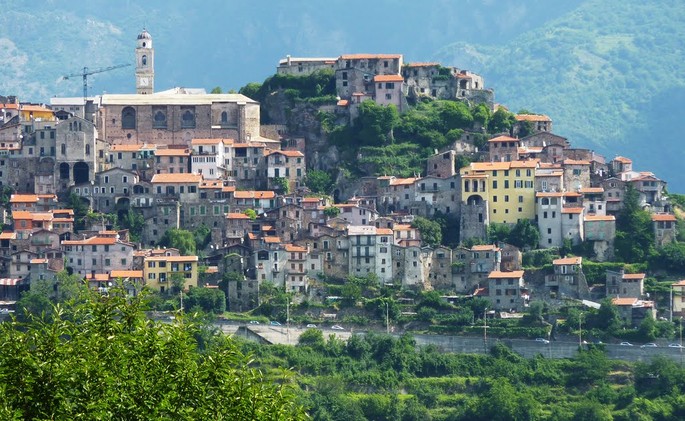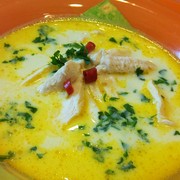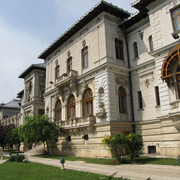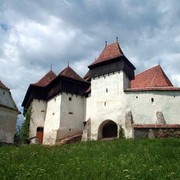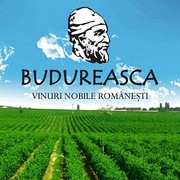In Liguria, in the province of Imperia, going up the Valle Argentina for about 30 minutes driving from Arma di Taggia, you find Triora which dominates the valley.
Triora is a location, which besides having one of the most picturesque villages in Italy, includes also a vast territory with heights ranging from 458 m. up to 2,153 m. above sea level and has a fascinating history.
Triora and the witches:
Why is Triora called "village of witches" ? For the answer we have to leap into the past, namely to the year 1587 ........
A terrible famine fell on Triora and its valley. Crops and crops destroyed and an epidemic that affected farms and livestock,
in times when the struggle against paganism established the idea that the cause of the famine was the work of the devil who acted through the witches.
For the Council of Elders of Triora, with the backing of the Inquisitor of Genoa, every woman who did not respect the canons of "moral" of the times was identified and marked as a "witch", and as guilty of the evils, which had plagued the country.
So the witch hunt began: the use of hank and fire were usual, terrible tortures compelled the poor accused to confess.
Only in 1589, after the intervention of the Governor of Genoa, required by some elders of the board, this ominous period ended.
If you want to find out all about Triora, from prehistory to the present day, you must visit the Regional Museum of Ethnography and Witchcraft. During the visit you will travel from art to crafts, from archeology to wildlife, life in the fields and woods to the history of witches and sorcery.
Triora and local products:
Visit Triora is not just culturally rich, but it is also a pleasure for the throat. Among the many local products that could be listed, we would like to mention at least two, perhaps the most characteristic, which you must try at least once.
The first is the Bread of Triora, known and appreciated for its unique characteristics, is one of 37 loaves of Italy.
It is prepared with three different types of flours rich in fiber and protein, in its characteristic round and large shape with the bran on the bottom. Sliced, accompanies any type of dish, but it's delicious spread with local cheeses such as Bruss (or Bruzzo).
The second is just the Bruss, perhaps the most particular among the cheeses we can find; it is a spicy cheese obtained from the natural fermentation of ricotta. For those who appreciate a particularly spicy taste, the more seasoned is indicated.
Triora had the honor of being awarded the orange flag by the Italian Touring Club.
It is assigned to locations that not only have a historical, cultural and environmental value, but offer visitors a quality welcome.
Triora and slate:
Walking through the village of Triora you can see a stone dark gray or black, peep from doorways, windows, roofs, fountains, benches and more.
It is slate, a metamorphic rock of sedimentary origin, formed in Liguria, specially in the mountains of Triora, between 70 and 80 million years ago.
Historically slate was an important material in the local architecture and in the recent past it has been a source of wealth for Triora; the mining activities had a prosperous period and allowed many of the locals, to support their families by working in the quarries.
Nowadays the slate of Triora is primarily a source of inspiration for artists and craftmen, who skilfully create objects of all shapes and often real works of art.
Triora and the Natural Park of the Ligurian Alps:
With Regional Law No. 34 of 15.11.2007 was established the Regional Natural Park of the Ligurian Alps including the municipalities of Triora, Rocchetta Nervina, Pigna, Montegrosso Pian Latte, Rezzo, Mendatica and Cosio d'Arroscia and 'characterized by the presence of areas "of protected landscape".
The Nature Park is divided into four distinct zones located close to the border with France and Piedmont.
Triora is among the municipalities with the greatest extension of the Park's territory, mainly concentrated along the area that includes Mount Saccarello and Mount Frontè.
The main purpose of the creation of the Park of the Ligurian Alps, is to combine two concepts: to protect both nature as well as human activities.

